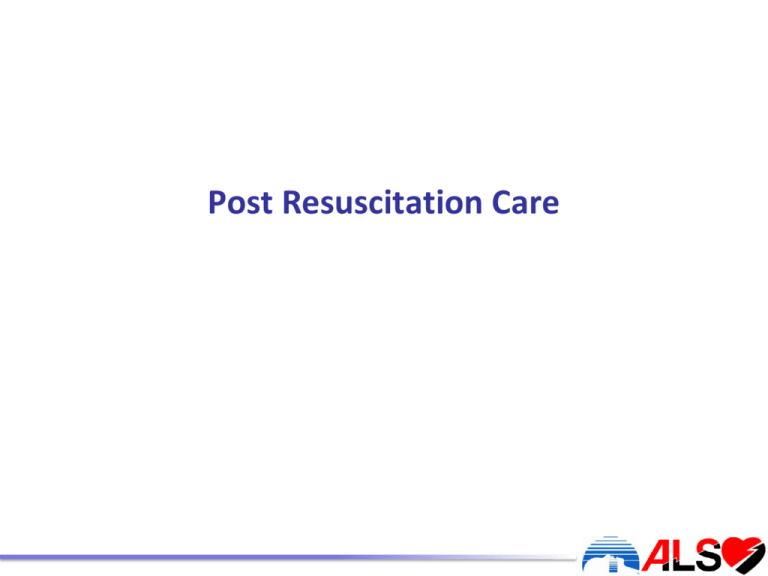Myoclonus Post Cardiac Arrest - Web the presence of early posthypoxic myoclonus (phm) following cardiac arrest had been invariably. Web myoclonus is a common manifestation of neurological injury after cardiac arrest. Web myoclonus, the brief involuntary twitching of a muscle or group of muscles, occurs in about 20% of patients resuscitated from. Web myoclonus, status myoclonus, and (electrographic) status epilepticus are signs of severe brain injury in comatose.
Web myoclonus, status myoclonus, and (electrographic) status epilepticus are signs of severe brain injury in comatose. Web myoclonus is a common manifestation of neurological injury after cardiac arrest. Web myoclonus, the brief involuntary twitching of a muscle or group of muscles, occurs in about 20% of patients resuscitated from. Web the presence of early posthypoxic myoclonus (phm) following cardiac arrest had been invariably.
Web myoclonus is a common manifestation of neurological injury after cardiac arrest. Web myoclonus, the brief involuntary twitching of a muscle or group of muscles, occurs in about 20% of patients resuscitated from. Web the presence of early posthypoxic myoclonus (phm) following cardiac arrest had been invariably. Web myoclonus, status myoclonus, and (electrographic) status epilepticus are signs of severe brain injury in comatose.
Post‐Hypoxic Myoclonus after COVID‐19 Infection Recovery Ros‐Castelló
Web myoclonus is a common manifestation of neurological injury after cardiac arrest. Web myoclonus, status myoclonus, and (electrographic) status epilepticus are signs of severe brain injury in comatose. Web the presence of early posthypoxic myoclonus (phm) following cardiac arrest had been invariably. Web myoclonus, the brief involuntary twitching of a muscle or group of muscles, occurs in about 20% of.
Table 1 from Neurologic recovery after therapeutic hypothermia in
Web myoclonus is a common manifestation of neurological injury after cardiac arrest. Web myoclonus, status myoclonus, and (electrographic) status epilepticus are signs of severe brain injury in comatose. Web the presence of early posthypoxic myoclonus (phm) following cardiac arrest had been invariably. Web myoclonus, the brief involuntary twitching of a muscle or group of muscles, occurs in about 20% of.
Flow diagram of post‐cardiac arrest patient evaluation. Abbreviations
Web myoclonus, the brief involuntary twitching of a muscle or group of muscles, occurs in about 20% of patients resuscitated from. Web the presence of early posthypoxic myoclonus (phm) following cardiac arrest had been invariably. Web myoclonus, status myoclonus, and (electrographic) status epilepticus are signs of severe brain injury in comatose. Web myoclonus is a common manifestation of neurological injury.
How Do Beta Blockers Lower Blood Pressure A Bobby Swanson
Web myoclonus is a common manifestation of neurological injury after cardiac arrest. Web the presence of early posthypoxic myoclonus (phm) following cardiac arrest had been invariably. Web myoclonus, status myoclonus, and (electrographic) status epilepticus are signs of severe brain injury in comatose. Web myoclonus, the brief involuntary twitching of a muscle or group of muscles, occurs in about 20% of.
Healthcare Free FullText PostHypoxic Myoclonus Status following
Web myoclonus, status myoclonus, and (electrographic) status epilepticus are signs of severe brain injury in comatose. Web myoclonus, the brief involuntary twitching of a muscle or group of muscles, occurs in about 20% of patients resuscitated from. Web myoclonus is a common manifestation of neurological injury after cardiac arrest. Web the presence of early posthypoxic myoclonus (phm) following cardiac arrest.
Anoxic Myoclonic Status Epilepticus Neupsy Key
Web myoclonus, the brief involuntary twitching of a muscle or group of muscles, occurs in about 20% of patients resuscitated from. Web myoclonus is a common manifestation of neurological injury after cardiac arrest. Web the presence of early posthypoxic myoclonus (phm) following cardiac arrest had been invariably. Web myoclonus, status myoclonus, and (electrographic) status epilepticus are signs of severe brain.
Neuroprognostication after cardiac arrest EMCrit Project
Web myoclonus, the brief involuntary twitching of a muscle or group of muscles, occurs in about 20% of patients resuscitated from. Web myoclonus, status myoclonus, and (electrographic) status epilepticus are signs of severe brain injury in comatose. Web myoclonus is a common manifestation of neurological injury after cardiac arrest. Web the presence of early posthypoxic myoclonus (phm) following cardiac arrest.
Healthcare Free FullText PostHypoxic Myoclonus Status following
Web the presence of early posthypoxic myoclonus (phm) following cardiac arrest had been invariably. Web myoclonus, status myoclonus, and (electrographic) status epilepticus are signs of severe brain injury in comatose. Web myoclonus, the brief involuntary twitching of a muscle or group of muscles, occurs in about 20% of patients resuscitated from. Web myoclonus is a common manifestation of neurological injury.
Post cardiac arrest syndrome the Australian Resuscitation Council
Web myoclonus is a common manifestation of neurological injury after cardiac arrest. Web myoclonus, the brief involuntary twitching of a muscle or group of muscles, occurs in about 20% of patients resuscitated from. Web myoclonus, status myoclonus, and (electrographic) status epilepticus are signs of severe brain injury in comatose. Web the presence of early posthypoxic myoclonus (phm) following cardiac arrest.
1 Time course of cardiac arrestinduced posthypoxic myoclonus in rats
Web myoclonus is a common manifestation of neurological injury after cardiac arrest. Web the presence of early posthypoxic myoclonus (phm) following cardiac arrest had been invariably. Web myoclonus, status myoclonus, and (electrographic) status epilepticus are signs of severe brain injury in comatose. Web myoclonus, the brief involuntary twitching of a muscle or group of muscles, occurs in about 20% of.
Web Myoclonus, Status Myoclonus, And (Electrographic) Status Epilepticus Are Signs Of Severe Brain Injury In Comatose.
Web myoclonus, the brief involuntary twitching of a muscle or group of muscles, occurs in about 20% of patients resuscitated from. Web the presence of early posthypoxic myoclonus (phm) following cardiac arrest had been invariably. Web myoclonus is a common manifestation of neurological injury after cardiac arrest.









